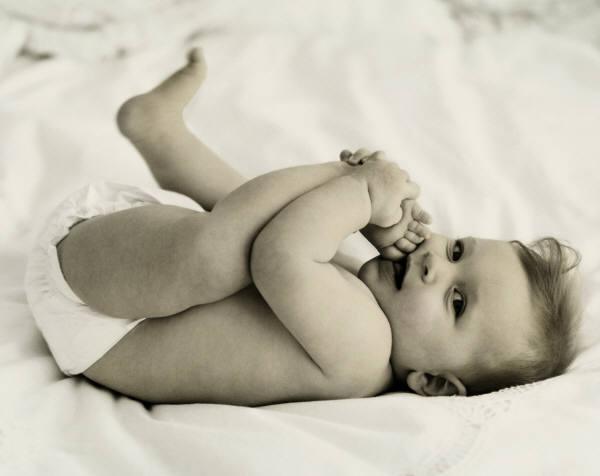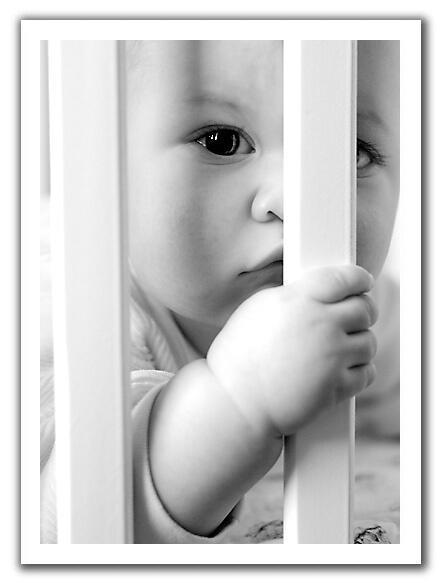The airport taxi
driver who took me from the airport to the hotel offered to take me around and
act as my guide. I agreed he’s a
certified tour guide, and I knew getting around on my own will be difficult due
to language issue.
I gave him the list
of things that I wanted to see and we covered pretty everything over 1.5 days,
including some sites where we made impromptu stops because they were on the
way.
Our first stop was
the Bogyoke Aung San Museum. This two-storey
building where Burma’s national independence leader, General Aung San lived
with his family until the time of his assassination was turned into museum in
1962. The house is still in original
condition, with many interesting items on display, for instance Aung San's car,
his library, his suit and family photos. Outside is the pond where his son Aung San Lin
drowned. This accident was one of the
reasons why the family moved.
The lake where Aung San's son drowned
Covering an area of
150 acres, Kandawgyi Lake is best known for its glittering Karaweik barge, a
replica of traditional Burmese royal barge.
Established in the 1980s in the shape of the mythical Karaweik bird, it
houses a floating restaurant, a ceremonial hall and shops selling Myanmar art
and crafts.
Courting couples like this is a common sight around the lake
The Chaukhtatgyi Pagoda houses the 65 meters long reclining Buddha, the largest reclining Buddha image in Myanmar. Originally built in 1907, it has suffered damage due to climate over the years. In 1957, it was demolished and rebuilt to its current structure. The uniqueness of the image is the mosaic on the sole of its feet representing the 108 sacred Buddha symbols. (Note: In all pagoda, footwear is not permitted. Visitors have to remove their footwear (even socks) at the gates before setting food inside the pagoda).
Our final stop on Day 1 was the single most important religious site in the whole of Myanmar, the Shwedagon Pagoda. The central stupa is covered in genuine gold plates weighing an estimated 52 metric tones and topped with a 76 carat diamond, and surrounded by smaller shrines. The temple was built between the 6th and 10th centuries although the site atop Singuttara Hill has been considered holy for over 2,500 years. Also know as the Golden Temple, Shwedagon is the most sacred pagoda as it enshrines the relics of the three earlier Buddhas and eight hairs of Gautama Buddha.
Day shrines around the eight corners of the stupa. There are eight shrines, one for each day of the week, with an additional one on Wednesday (in the Burmese calendar, Wednesday is divided into two parts). Most Burmese pray at their day shrine when visiting the pagoda.
3D murals showing distinctive Myanmar landscape, temple, country life, architecture, palace and court sceneries, period costumes and mythical animals flank the upper part of the walls of all the four entrances to Shwedagon
We purposely visited in the early evening and stayed on till night fell to have a glimpse of the pagoda by night. The dazzling day sight turned magical by night when the whole place was lit up.






















1 comment:
it's really interesting.
Post a Comment